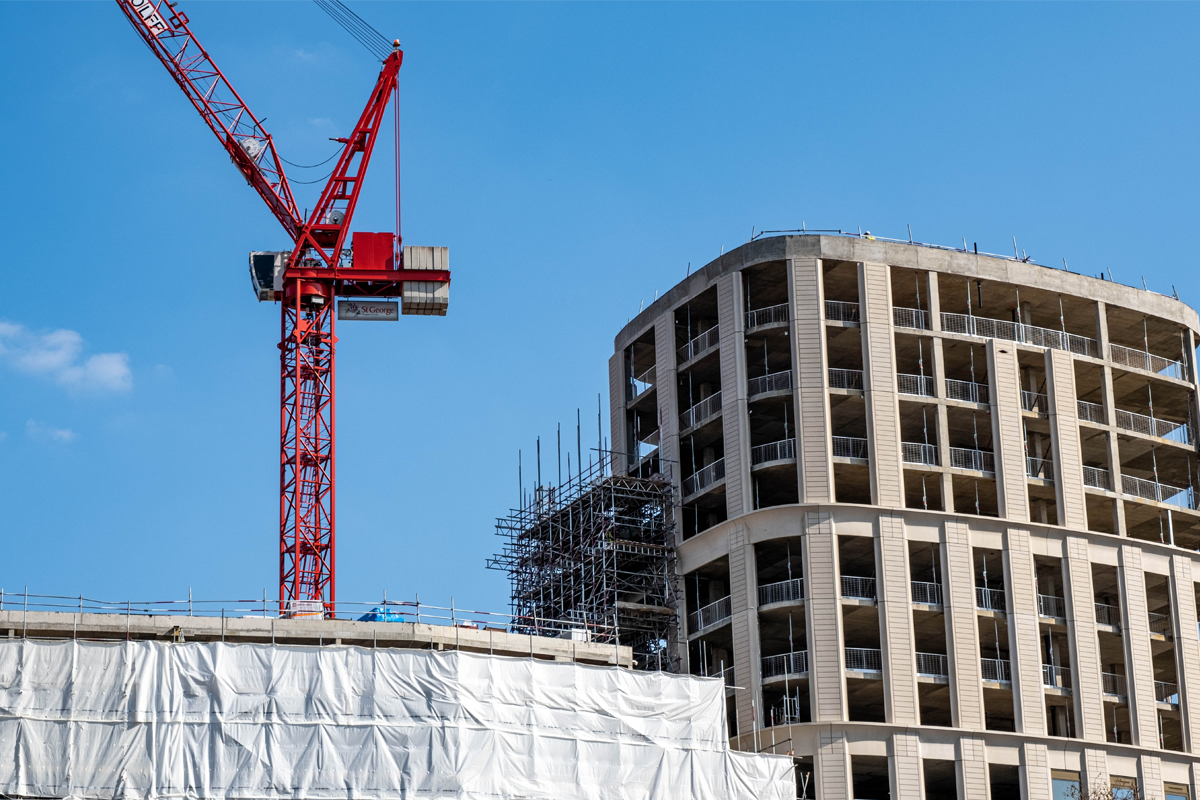What is the Building Safety Act 2022?
20 June 2023

The Building Safety Act 2022 was introduced in response to the findings of the inquiry led by Dame Judith Hackitt following the Grenfell Tower fire in June 2017. The Act received Royal Assent in April 2022 and aims to address the shortcomings of the construction industry in terms of safety. It represents a significant overhaul of existing regulations and seeks to bring about lasting change throughout the construction process, impacting various stakeholders such as developers, architects, engineers, and contractors.
The Act initially focuses on residential Higher-Risk Buildings (HRBs), which include buildings with at least two residential dwellings, a height of over 18m or seven storeys, as well as hospitals and care homes. The Building Safety Regulator, established under the Act, will oversee an approval gateway process for HRBs, ensuring compliance throughout a building’s lifespan. The legislation requires the Accountable Person to create a digital record, known as the “golden thread,” documenting all decisions and updates related to the building, providing an auditable trail.
The Act includes detailed provisions that will be implemented gradually over the next two years through secondary legislation.
Which buildings does the Building Safety Act Apply to?
The Act currently applies to residential Higher-Risk Buildings (HRBs), which are buildings that:
- Contain at least two residential dwellings
- Are over 18m or seven storeys in height
- Includes hospitals and care homes
When will the Building Safety Act be Implemented?
The Building Safety Act is set to be fully enforced by October 2023. Building owners are required to have their building safety regime in place by this time. They must register their occupied residential higher-risk buildings with the Building Safety Regulator by 30 September 2023. Failure to register an eligible building that is occupied after this date will be considered an offense. The registration process commenced on 12 April 2023. Building owners will also need to submit structural and safety information, followed by a safety case report at a later stage.
What is the role of the Building Safety Regulator?
The Building Safety Regulator plays a crucial role in the implementation and enforcement of building safety standards as defined by the Building Safety Act.
The main responsibilities of the Building Safety Regulator are:
- Oversight and Regulation: The Building Safety Regulator is responsible for overseeing the safety and performance of all buildings. They enforce compliance with building safety regulations and promote professional competency within the industry.
- Lifecycle Oversight: The Regulator monitors the entire lifecycle of higher risk buildings, from the design and construction stages to occupation. They ensure that appropriate safety measures are implemented at each stage, and they have the authority to introduce major gateways, acting as checkpoints, to halt progress if the building does not meet their approval.
- Gateways: The Building Safety Regulator reviews and approves key stages of the building process through gateways. These gateways include planning approval (Gateway One), building control application and works phase (Gateway Two), and final completion and handover (Gateway Three). The building cannot proceed to the next stage without the Regulator’s approval.
Who is the Accountable Person?
The Accountable Person, as defined by the Building Safety Act, has specific responsibilities related to building safety:
- Registration: They must register all new buildings with the Building Safety Regulator before occupation. Existing buildings must also be registered by 30 September 2023, and it becomes an offense if an eligible building is occupied without registration.
- Safety Measures: The Accountable Person must demonstrate effective and proportionate measures to manage building safety risks. They are responsible for preparing a safety case report for existing buildings and must cooperate with the Building Safety Regulator’s requests for inspection and certification.
- Building Safety Risk Management: The Accountable Person is responsible for managing building safety risks, including fire spread, smoke, fumes, heat, and structural failure. They must take reasonable steps to prevent such risks and minimise their impact in the event of an incident.
- Digital Golden Thread: The Accountable Person plays a role in creating and maintaining the building information held within the digital golden thread. This refers to a comprehensive record of the building’s design, construction, and ongoing maintenance, which facilitates effective management of building safety risks.
Non-compliance with these obligations by the Accountable Person can lead to criminal charges.
Overall, the Building Safety Regulator and the Accountable Person work in tandem to ensure that building safety standards are met and maintained, providing a robust framework for protecting occupants and minimising risks within buildings.
Read the full Building Safety Act for more information
How will the Building Safety Act affect your project?
If you would like to find out more on how the act will affect your project, get in touch with our team who can help you to navigate this process by producing solutions that enhance your overall development.

